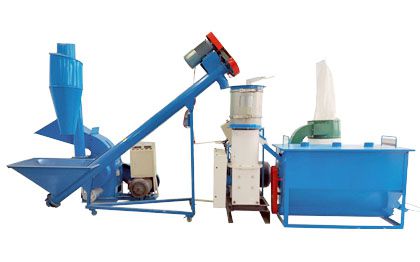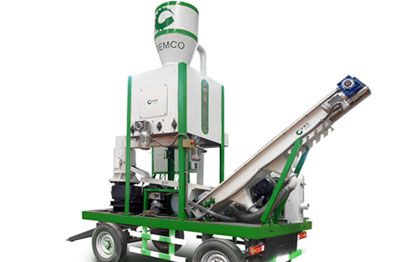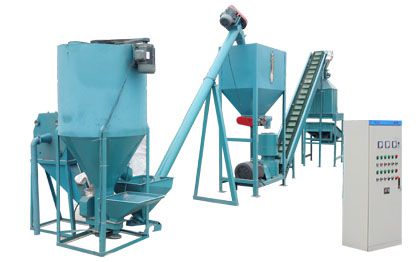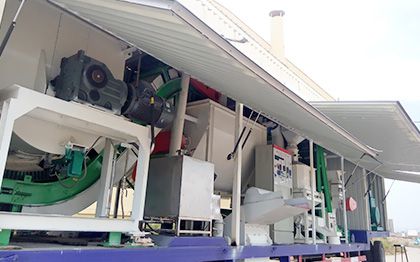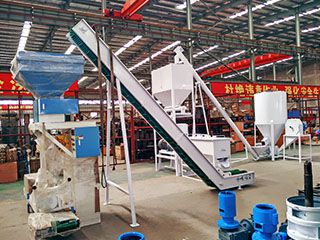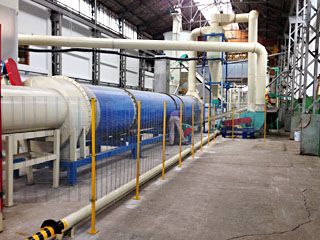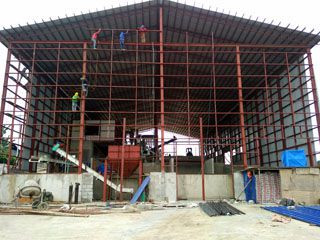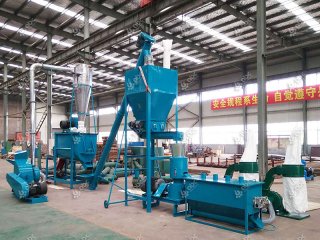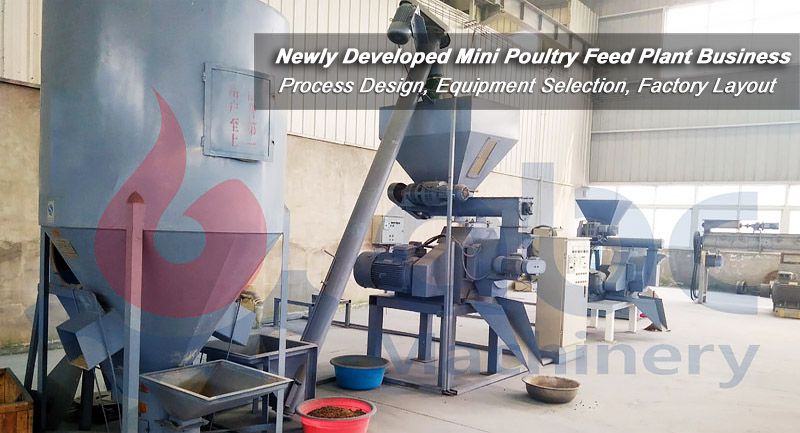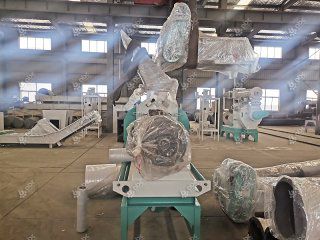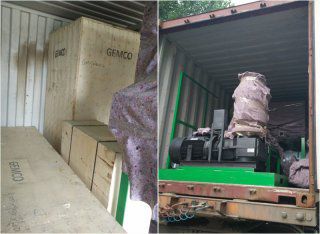
About biomass pellets and briquettes
Biomass fuel has been used for thousands of years. However, most of the use has been in its raw forms, such as wood and twigs. However, with the increasing industrial use, biomass fuel is preferred in a compact form for easy transportation, storage, and efficiency in heating, resulting in the two most common types of biomass fuels namely pellets and briquettes.
Differences Between Pellets and Briquettes
Most people have no idea whether they want biomass pellets or briquettes, assuming that they are one and the same. The truth is, they are different from each other, with different production processes. If you are looking to get into the business of production and sale of biomass fuel, it is essential to have these facts. We will break it down for you.
Briquettes are bigger in size than pellets, making them suitable for large scale heating needs such as industrial use, while pellets are more suited to households. Briquettes are also more tolerant, owing to the higher moisture content as compared to pellets. Pellets, on the other, hand are denser and more expensive to purchase and operate, in comparison to briquettes as the process of making them is more intensive. A long supply chain also makes them more expensive as compared to briquettes that are vended in bulk directly to the businesses from the manufacturers.
Piston Briquetting Machine
Our piston briquetting machine is capable of both biomass briquetting and pelletizing, which means this machine can make both small pellets and large briquettes.

Produce Pellets and Briquettes in One Manufacturing Plant
Our piston briquette machine produces both high-density logs and pellets, with a high output of an estimated 1500 kilos per hour. You can have the briquettes shaped in different diameter. It allows the feeding of small and large sized particles of up to 2cm. The raw material is fed directly into the machine, hence, efficiency in production and there is no pollutions. Speed drives control the feeding mechanism, hence optimizing production depending on the material available. It has inbuilt temperature sensors that ensure the temperature are constant, hence guaranteeing quality output as well as extending the life of the machine.
In addition, they are also energy efficient, consuming lesser electricity as compared to other models. Our machines are also made in compliance with the industries standards, with appropriate marks of conformity on them. Further, our machines are made to operate throughout without breaking down to enhance productivity. Wear and tear are not frequent, and repair for the same is very economical. As such, they are competitively priced. For further details, visit our website and explore the available varieties.
The Briquetting Process
This process typically involves using a briquetting machine to compress raw material of choice under very high pressure and high temperatures to form briquettes. The high temperatures and pressure transform lignin in these materials to hold together. It is essential to note that the pressure and temperatures are regulated to ensure the briquettes maintain some degree of moisture content at 6-16 percent.
There are three basic briquetting machines classified by method of pressing:
- Mechanical Briquetting
- Hydraulic Briquetting
- Screw Briquetting
Visit our website for more information on these alternatives. However, the focus here is on the piston briquette machine.

